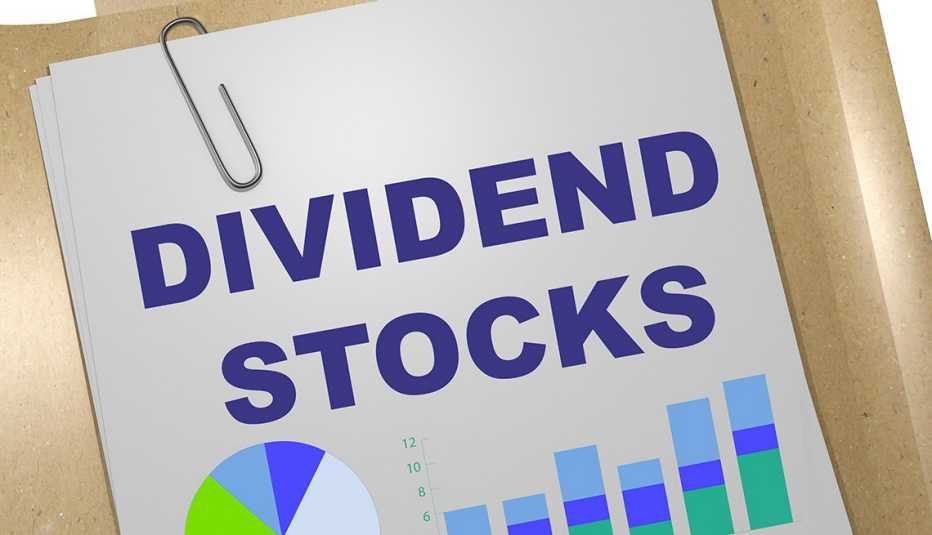Staying Fit


Nothing's for certain in these days of the coronavirus, but 10 stalwart companies have hiked their dividends every year for half a century or more. That kind of consistency, a boon to retirees who rely on steady dividend income to pay bills, is rare on Wall Street — and it can come with risk, too.
50 years of raises
The 10 so-called Dividend Kings, members of the Standard & Poor's 500 stock index that have raised dividends annually for at least 50 straight years, aren't flashy: 3M, Dover, Emerson Electric and Stanley Black and Decker are industrial companies that make everything from tools to Post-it notes. Coca-Cola, Colgate-Palmolive, Procter & Gamble and Hormel make consumer staples: soft drinks, toothpaste, laundry detergent and Spam, respectively. Johnson and Johnson is in the health care business, turning out everything from vaccines to Band-Aids. Genuine Parts makes, well, genuine parts for cars and trucks.


AARP Membership— $12 for your first year when you sign up for Automatic Renewal
Get instant access to members-only products and hundreds of discounts, a free second membership, and a subscription to AARP the Magazine.
What they lack in flashiness they make up for with a commitment to rewarding loyal shareholders, in the form of annual dividend increases. Companies have many choices in what to do with their earnings, after they have paid their workers and their bills. They can build new plants and buy more equipment, hire more employees (or give them raises), buy back stock or pay dividends. Most companies do a combination of all these, but those that send investors a check on a regular basis, typically every three months, often have extremely loyal shareholders.
Although these 10 Dividend Kings have long records of increasing payouts, others have formidable records, too. Currently, 66 companies in the S&P 500 (including these 10) are called Dividend Aristocrats: They have increased their dividends every year for at least 25 years. Even a decade's worth of hikes is admirable. “If you've increased every year for 10 years, then increasing dividends is part of your corporate culture,” says Howard Silverblatt, senior index analyst for Standard & Poor's.

































































More on Money
How Much Risk Should You Take with Retirement Funds?
Expert advice on lackluster interest rates
What Should Retired Investors Do After Stocks Fall?
Financial planners assess the bear market and suggest ways to cope
8 Ways to Rescue Retirement Portfolios
Get cash to stay afloat, but don't go overboard